Dan Tobin Smith takes visitors on an immersive journey inside gemstones
For London Design Festival, the photographer, together with The Experience Machine and Gemfields, creates an animation of gemstone inclusions inside Collins Music Hall
Dan Tobin Smith - Photography
London’s Islington Green is one of the capital’s smartest areas, surrounded by restaurants, bars, design shops and a particularly grand branch of the bookshop Waterstones, set in what was once the Collins Music Hall, a Victorian performance space opened in 1863. The venue seated up to 1,000 people before it was gutted in a fire in 1958. A relic of the music hall still exists, 22m below ground. In 2002, developers planned to relaunch the space as a theatre, but the project was abandoned following a legal dispute and the venue has been closed to the public for the past decade.
That will soon change. As part of this year’s London Design Festival, photographer Dan Tobin Smith, creative studio The Experience Machine and Gemfields, one of the world’s leading suppliers of coloured gemstones, will repurpose the venue with Void, an immersive animation of gemstone inclusions.
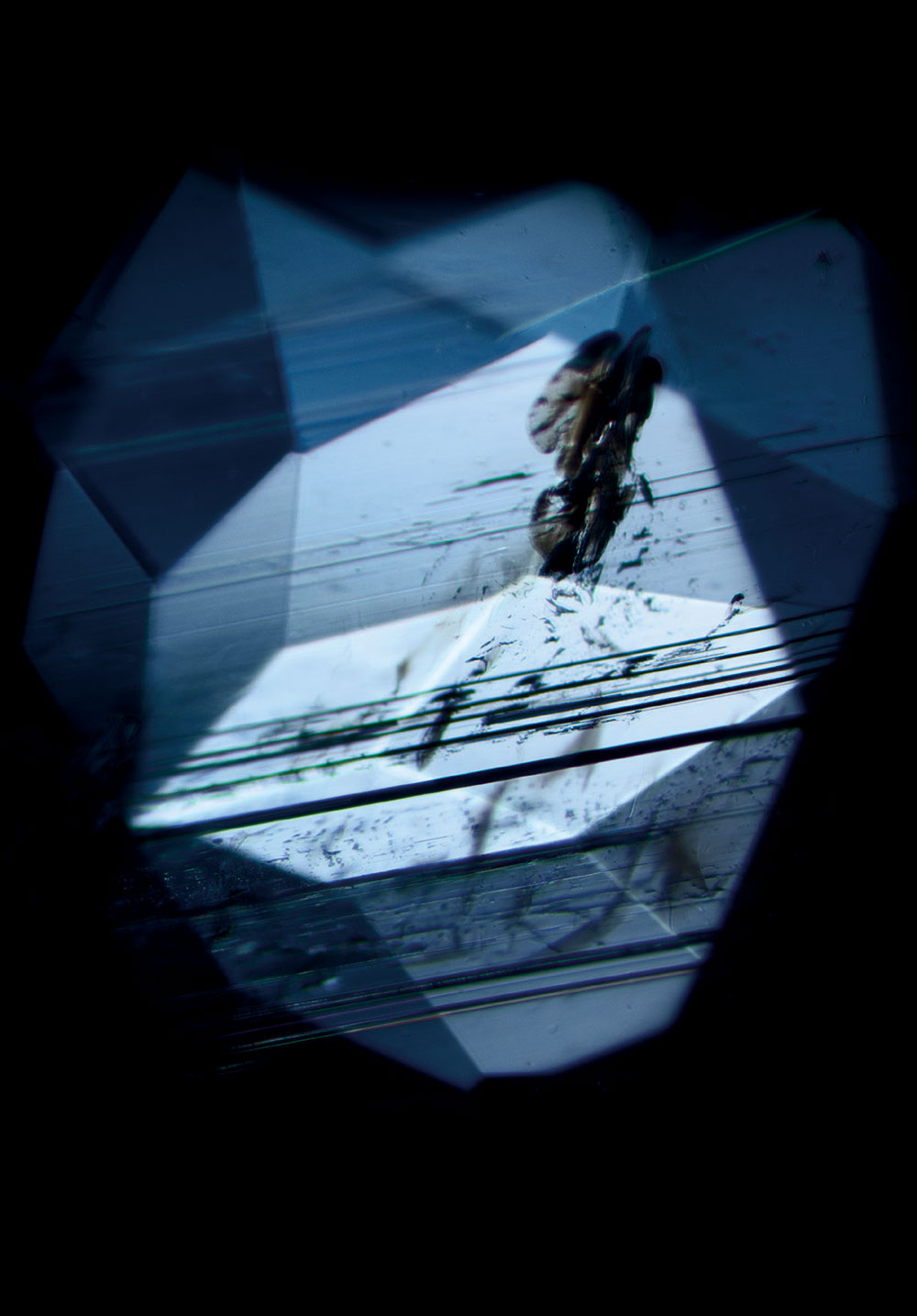
Paraiba tourmaline, oval brilliant cut.
We are used to seeing gemstones encased in expensive wedding rings, or high up on billboards, or dripping from the necks of movie stars. It’s sometimes easy to forget just how fascinating these ancient natural phenomena are. ‘It’s the imperfections that make these gems so unique,’ says Tobin Smith. In the world of gemstones, an inclusion refers to the unknown elements that, millions of years ago, became buried and trapped inside the mineral as it hardened and formed; shards of crystal, bubbles of unknown liquid or gas, tiny fractures caused by radioactive material.
For clear gemstones like diamonds, inclusions often affect the clarity of the gem and thus diminish its value. However, for many coloured gems, such as amethyst, emerald and sapphire, inclusions are often desirable. Tobin Smith’s knowledge of the subject has sharpened over time. A decade ago, he was given a copy of the book Photoatlas of Inclusions in Gemstones. ‘I was always looking at it, but didn’t do anything with it,’ he says.
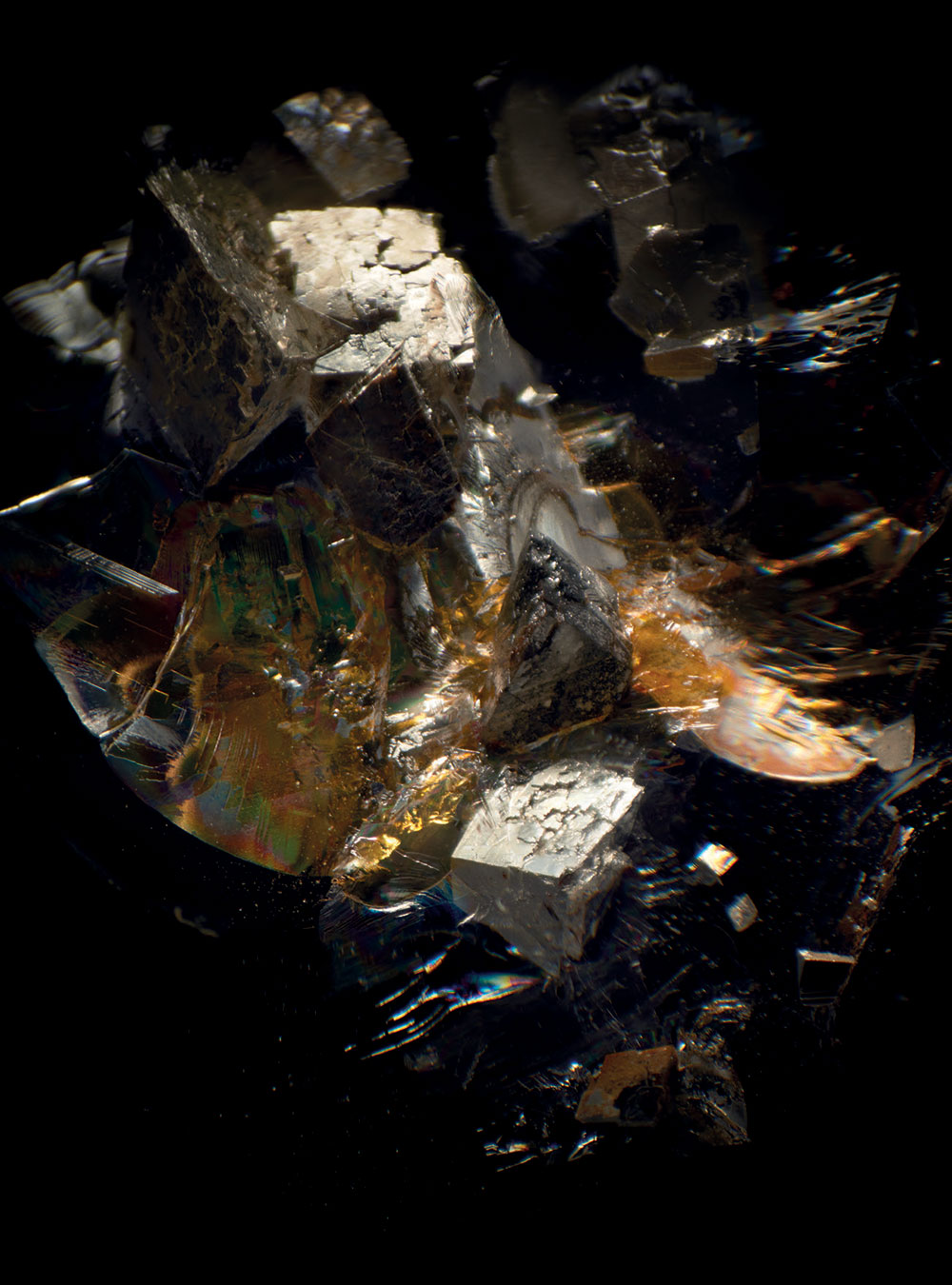
Pyrite and hematite in quartz, table cut.
Tobin Smith’s client list includes Alexander McQueen, Louis Vuitton and Jay-Z. He has experience with building installations, specifically the creation of The First Law of Kipple for the 2014 London Design Festival, a 200 sq m installation comprising thousands of colour-themed objects.
Bit by bit, Tobin Smith began to use his skill set to photograph gems in his spare time. ‘I realised that, technically, shooting gem stones is a difficult thing to do. I did those early shots in a haphazard way; I just bolted an old microscope to this weird old large-format camera. It kind of worked, but it felt very basic.’
The photographer recalls watching the gems come to life as they moved through light, picking up minute details of the inclusions and projecting them on the walls of his studio. He mounted a specialist Leica-designed microscope to an Arri Mini digital camera. ‘I realised no one else had done this before, that I was developing a unique way of looking at these objects. Some of the inclusions are pretty abstract, but when you move them, you get so much more information out of them. You’re understanding parallax – what things are behind or in front, the texture and the surfaces.’
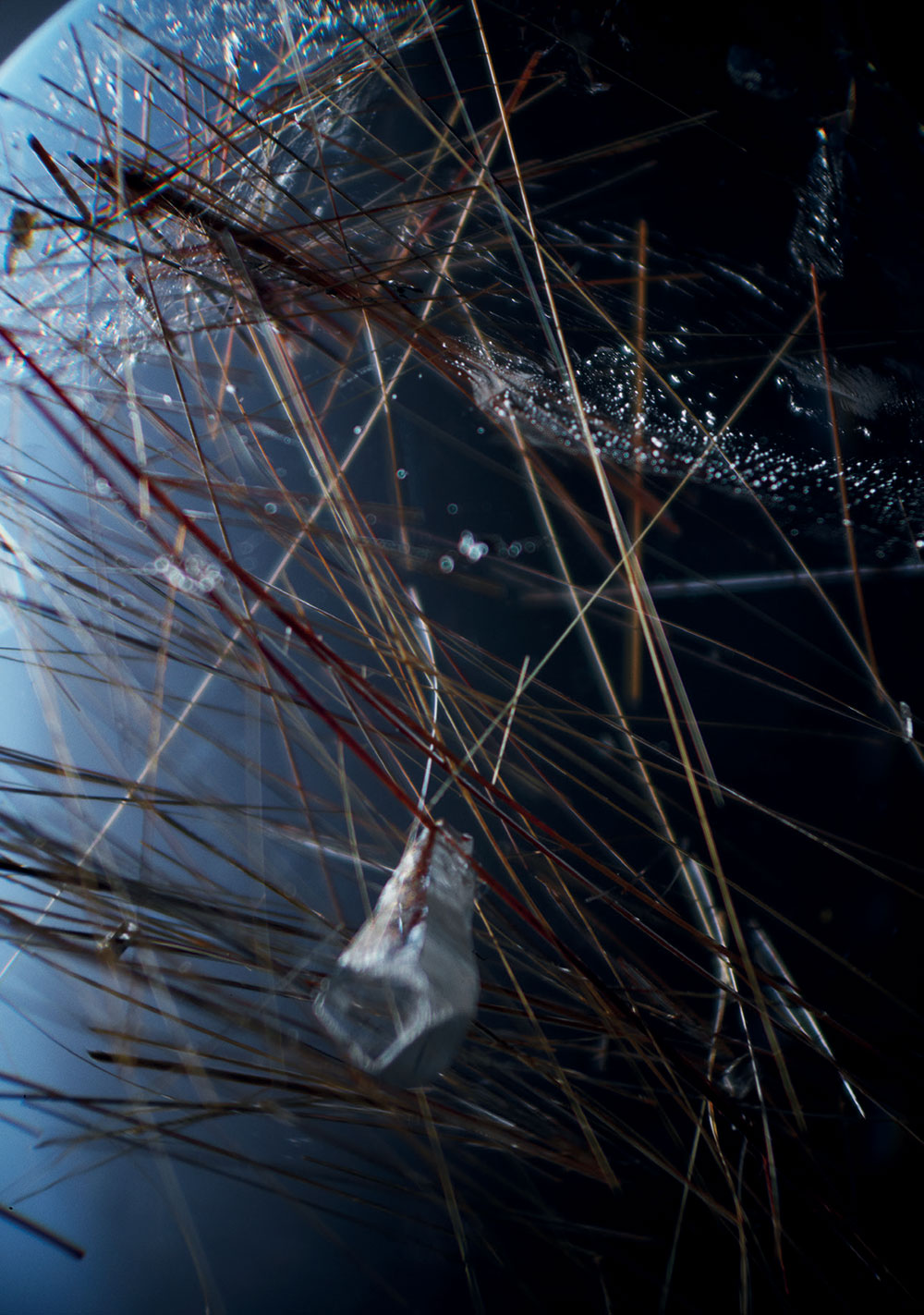
Rutile needles in quartz, cabochon cut.
Keen to take things up another level, he worked with special effects company Asylum to build a rig that would enable him to move gems through light. They found a way to suspend a gem in a clear chemical before building a rotational and linear motor that allowed the gem to move and rotate smoothly through the liquid. ‘It enabled me to explore what these objects truly are by highlighting and exploiting the different properties of their inclusions. It’s like entering a parallel world.’
Tobin Smith’s work came to the attention of The Experience Machine, specialisers in site-specific performances. They, in turn, involved Gemfields, the operator and 75 per cent owner of both the Kagem emerald mine in Zambia and Montepuez ruby mine in Mozambique (Gemfields is one of the industry leaders navigating the complex shift to more responsible and sustainable gem-mining). Gemfields’ gemologist Elena Basaglia explains the attraction of collaborating with Tobin Smith: ‘Having worked together over the years, we were aware of Dan’s energy and passion for coloured gemstones, making him an ideal partner to share the fascinating world hidden inside each gemstone.’
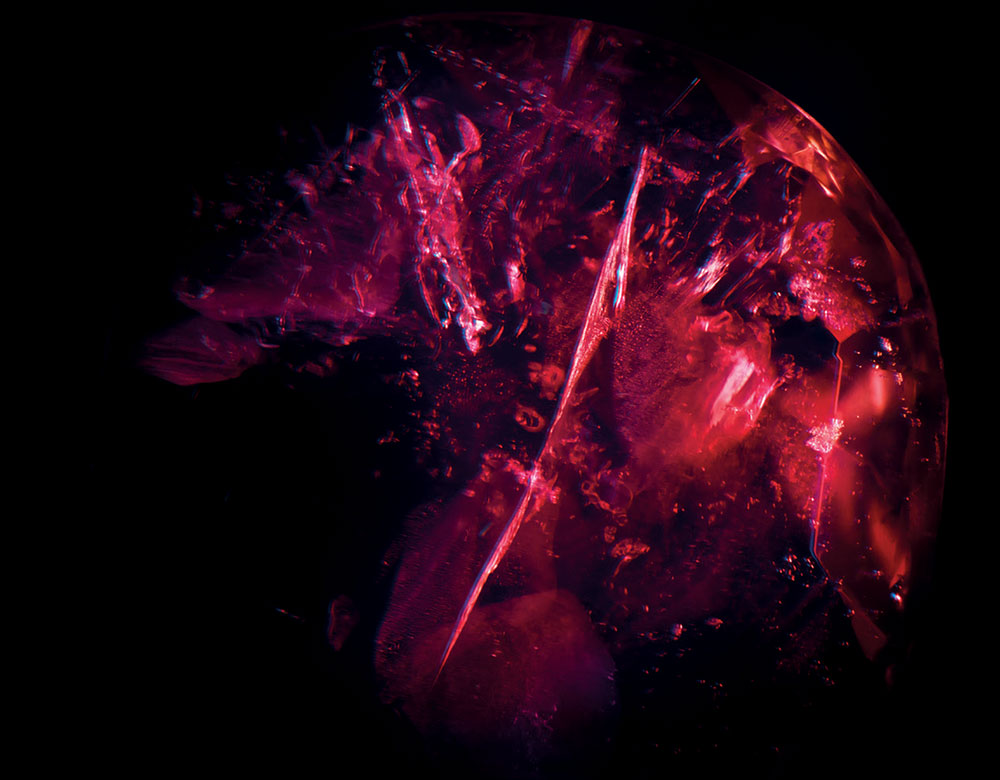
Gemfields Mozambican ruby, cushion cut.
Showcasing Tobin Smith’s groundbreaking photography, the Collins Theatre will exhibit projections of Mozambican rubies and Zambian emeralds from Gemfields’ mines. The result is a galaxy-like light performance that will meld and shift across the theatre’s walls like an ever-shifting kaleidoscope.
‘I feel like I’m scratching the surface,’ Tobin Smith says. ‘The inclusions are so varied. It’s bewildering. You’re given a tiny glimpse into how the world was formed that we could never otherwise comprehend. It’s a constant discovery of these tiny, unknown worlds.’
A version of this article originally appeared in the October 2019 issue of Wallpaper* (W*247)
INFORMATION
Wallpaper* Newsletter
Receive our daily digest of inspiration, escapism and design stories from around the world direct to your inbox.
Void is on from 14-22 September. dantobinsmith.com; gemfields.com; londondesignfestival.com
ADDRESS
Collins Theatre
11 Islington Green
London N1
Tom Seymour is an award-winning journalist, lecturer, strategist and curator. Before pursuing his freelance career, he was Senior Editor for CHANEL Arts & Culture. He has also worked at The Art Newspaper, University of the Arts London and the British Journal of Photography and i-D. He has published in print for The Guardian, The Observer, The New York Times, The Financial Times and Telegraph among others. He won Writer of the Year in 2020 and Specialist Writer of the Year in 2019 and 2021 at the PPA Awards for his work with The Royal Photographic Society. In 2017, Tom worked with Sian Davey to co-create Together, an amalgam of photography and writing which exhibited at London’s National Portrait Gallery.
-
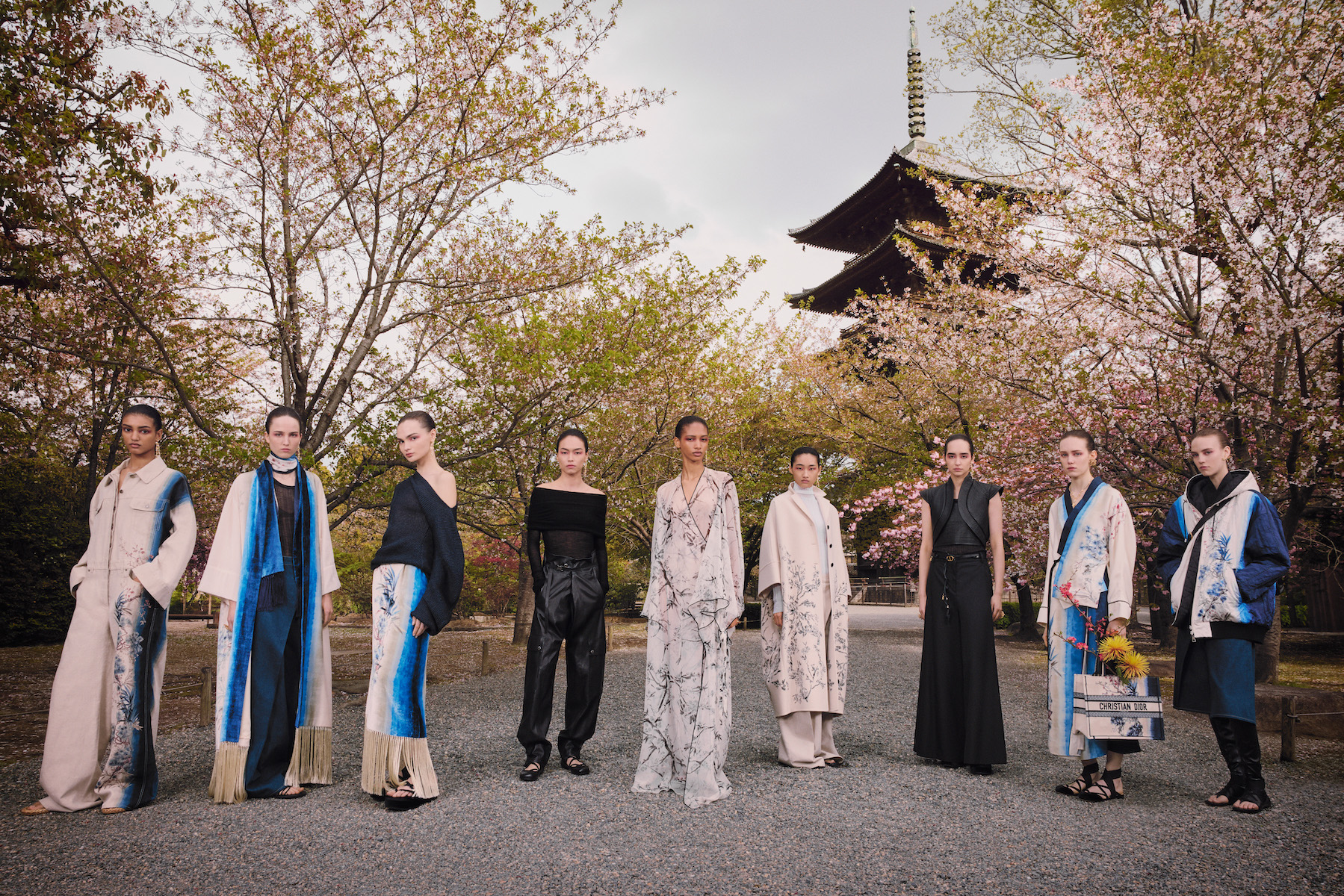 Dior holds an enchanting Kyoto show in the midst of cherry-blossom season
Dior holds an enchanting Kyoto show in the midst of cherry-blossom seasonMaria Grazia Chiuri chose the grounds of Kyoto’s serene Tō-ji Temple to present a Fall 2025 collection that celebrated Dior’s longstanding links with Japan
By Jack Moss
-
 Giant rings! Timber futurism! It’s the Osaka Expo 2025
Giant rings! Timber futurism! It’s the Osaka Expo 2025The Osaka Expo 2025 opens its microcosm of experimental architecture, futuristic innovations and optimistic spirit; welcome to our pick of the global event’s design trends and highlights
By Danielle Demetriou
-
 The new Polaroid Flip unfolds to bring you pin-sharp instant photography
The new Polaroid Flip unfolds to bring you pin-sharp instant photographyPolaroid announces the Flip, an instant camera that blends its evergreen film technology with better results and more control
By Jonathan Bell
-
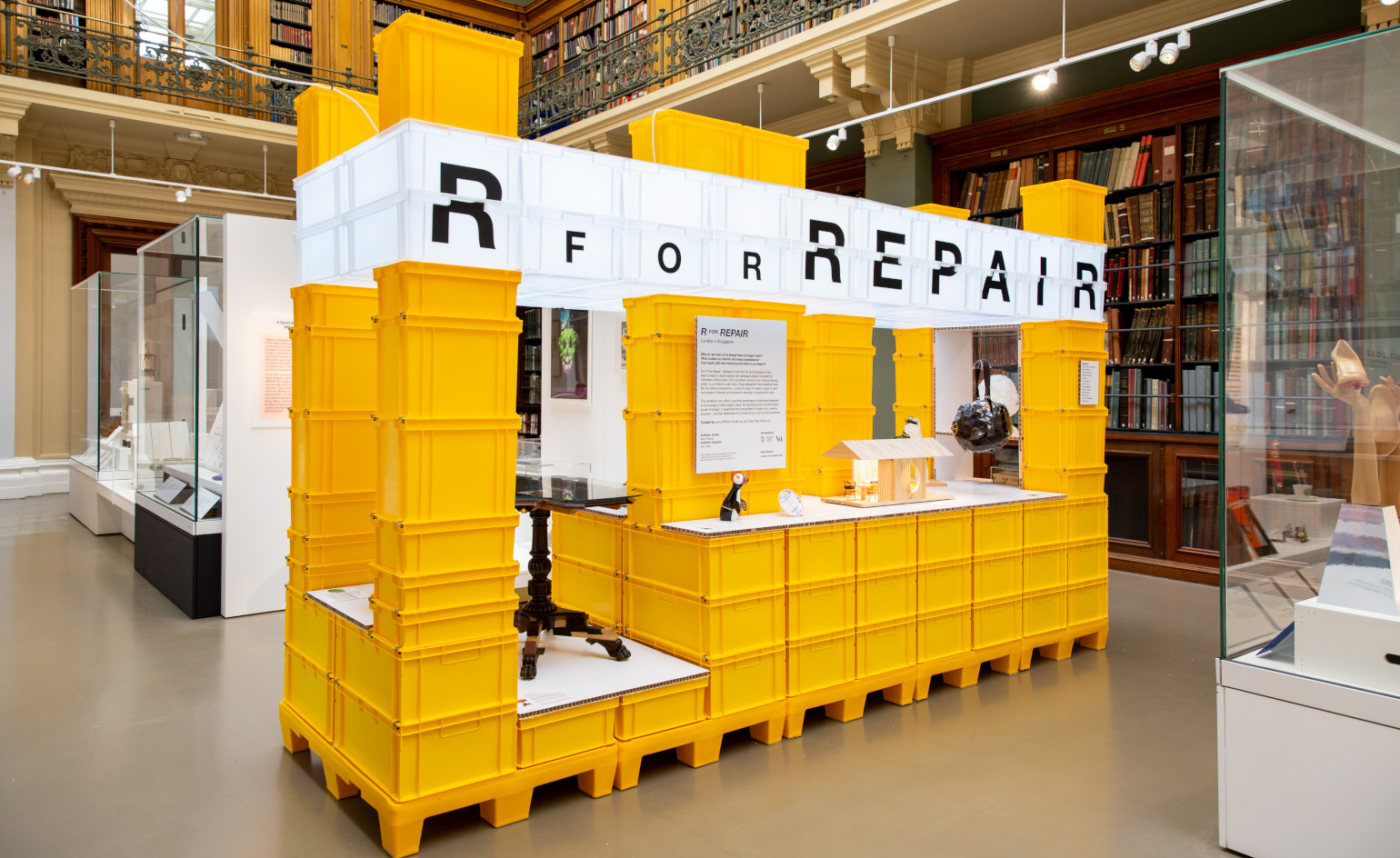 ‘R for Repair’ at London Design Festival displays broken objects, re-formed
‘R for Repair’ at London Design Festival displays broken objects, re-formedIn the second half of a two-part exhibition and as part of London Design Festival 2022, ‘R for Repair’ at the V&A displays broken objects, re-formed
By Martha Elliott
-
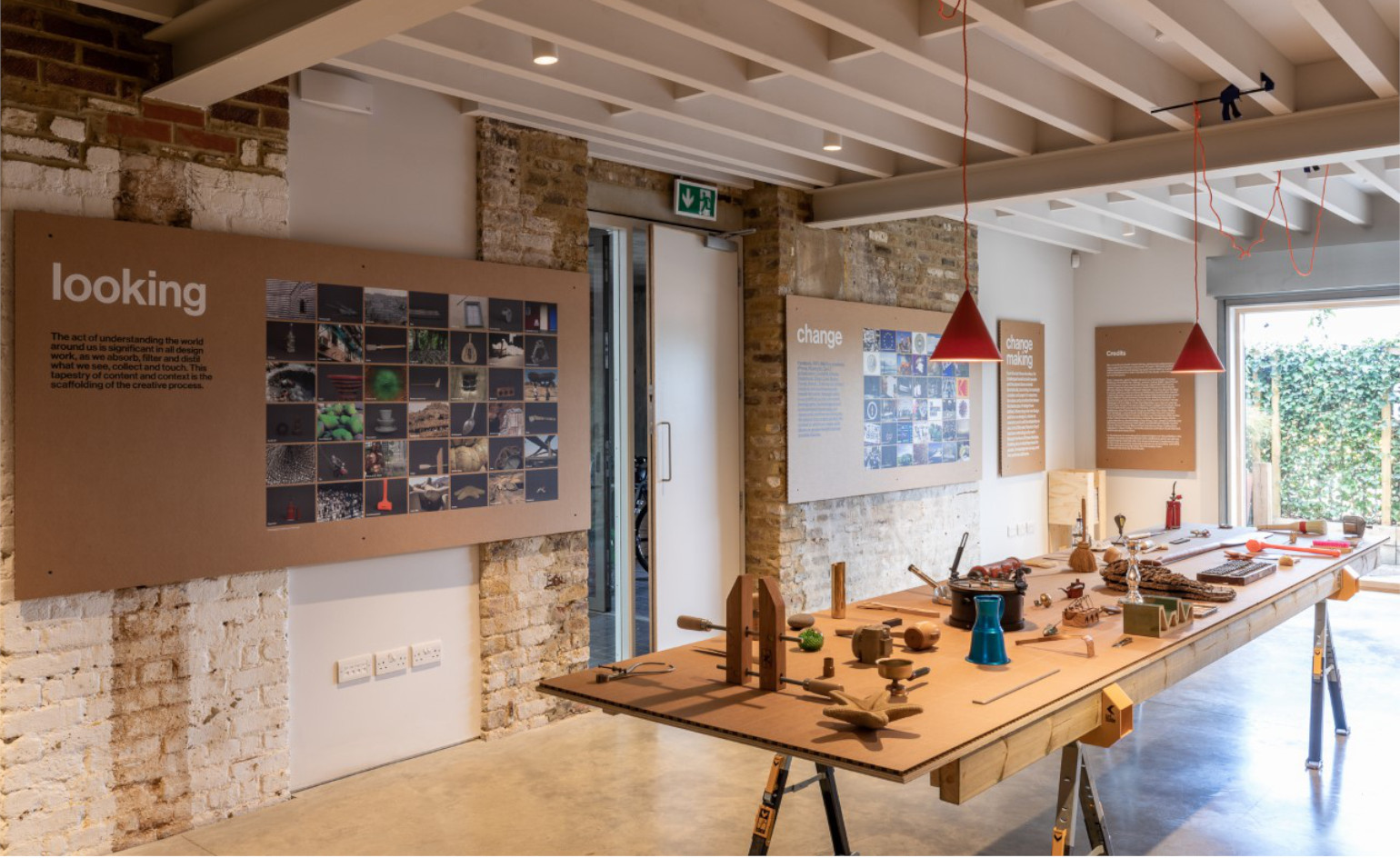 ‘Finding quality through the act of making’: Pearson Lloyd celebrates 25 years of design
‘Finding quality through the act of making’: Pearson Lloyd celebrates 25 years of designPearson Lloyd’s show ‘Change Making’ reflects on past designs from its archives, showcasing the influences on and evolution of the studio, from furniture design to the NHS
By Martha Elliott
-
 Tom Dixon marks his studio's 20 years with a show of design experiments
Tom Dixon marks his studio's 20 years with a show of design experimentsMushroom, cork, steel coral and more: Tom Dixon showcases an overview of his design experiments as he celebrates his practice's 20 years
By Rosa Bertoli
-
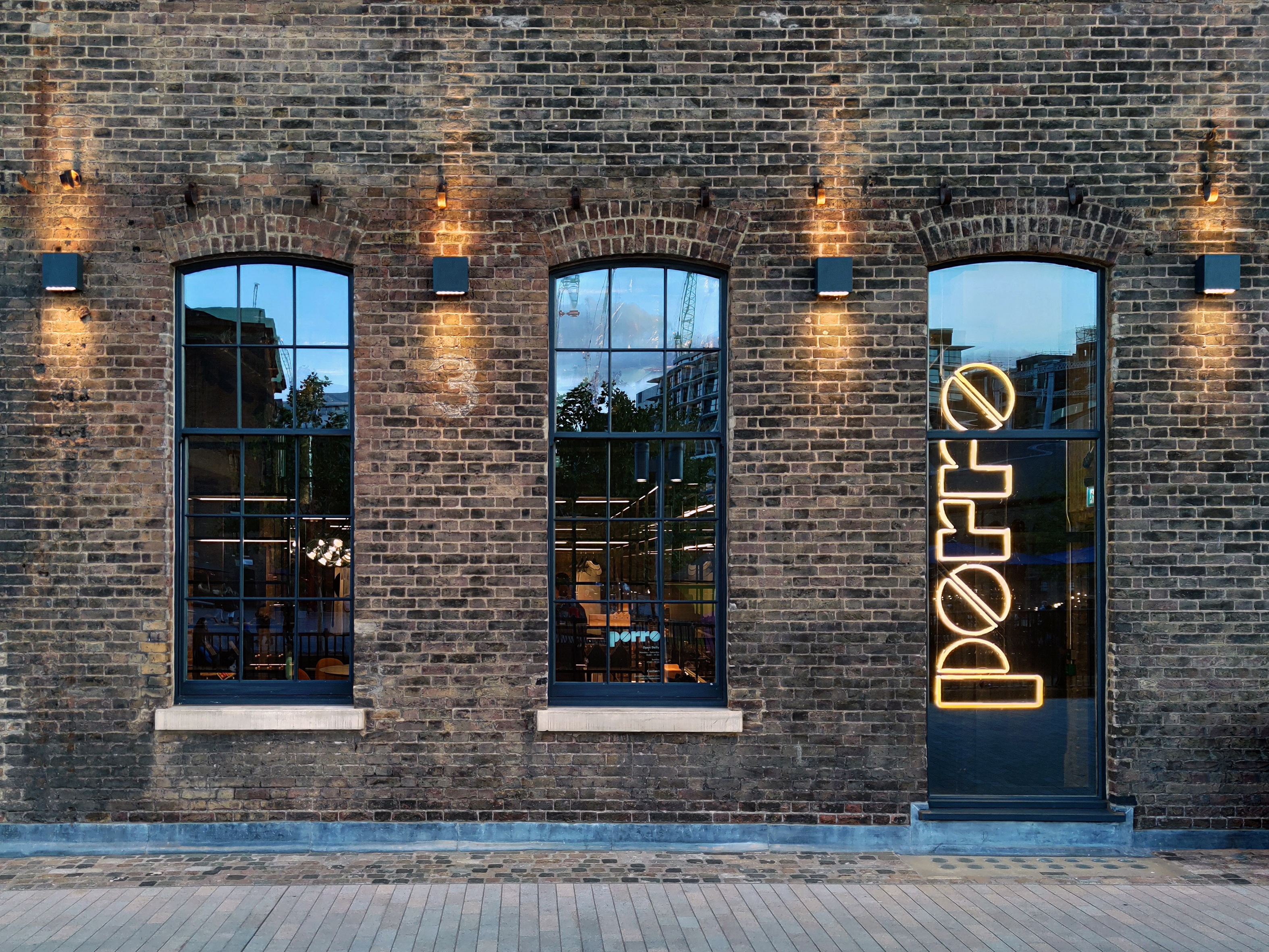 Porro unveils new London showroom at Coal Office
Porro unveils new London showroom at Coal OfficeLondon Design Festival 2022: industrial architecture meets pure geometries in the new Porro showroom, taking over a space within Tom Dixon’s Coal Office to showcase the brand’s systems and furniture
By Rosa Bertoli
-
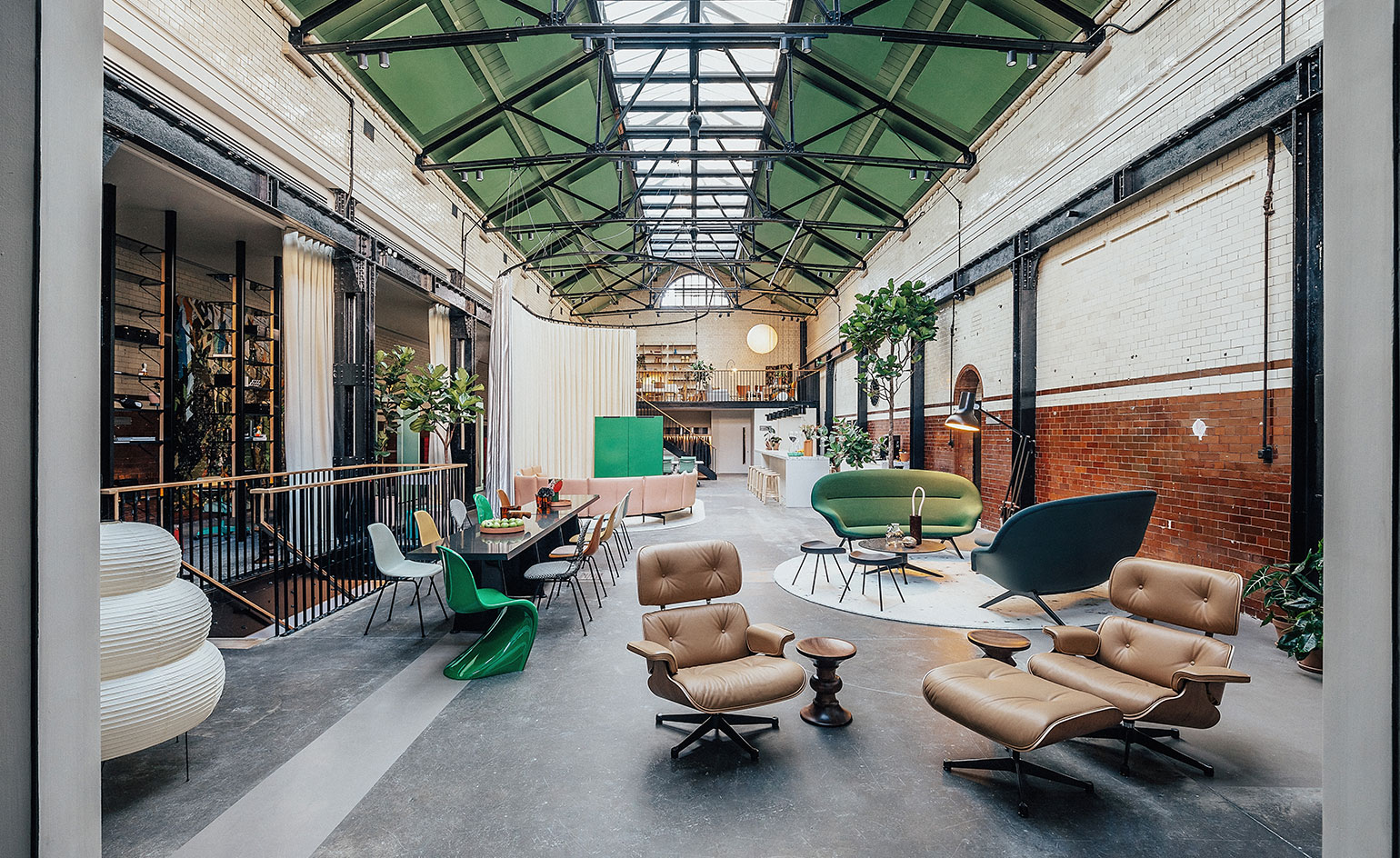 Vitra unveils new London home in the Tramshed, Shoreditch
Vitra unveils new London home in the Tramshed, ShoreditchLondon Design Festival 2022: after a year-long renovation, Vitra opens the door to its new showroom in the heart of Shoreditch
By Rosa Bertoli
-
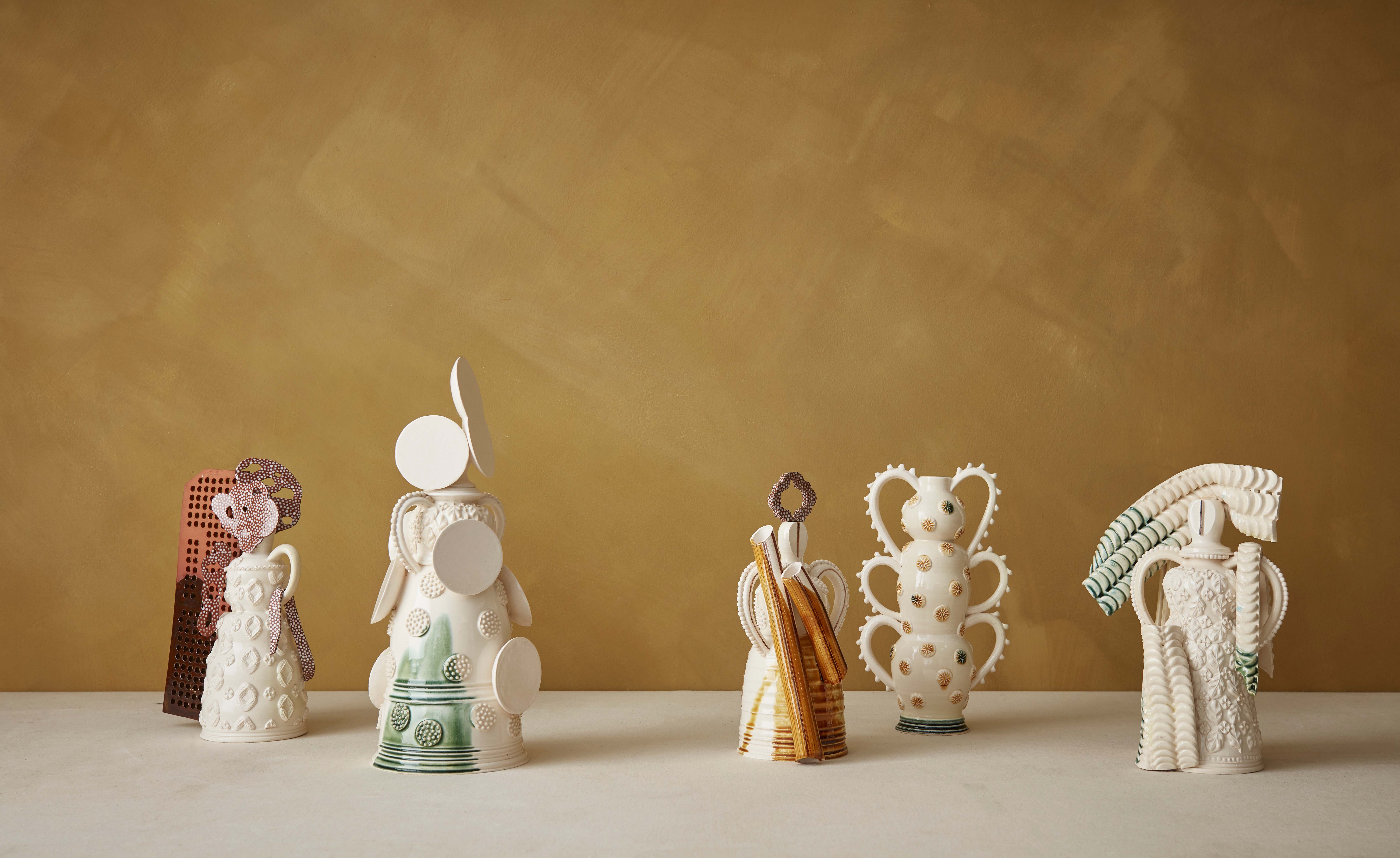 Mudlarking beside the River Thames inspires The New Craftsmen’s makers
Mudlarking beside the River Thames inspires The New Craftsmen’s makersLondon Design Festival 2022: The New Craftsmen’s new collection, ‘Claylarks’, features work from a group of creatives inspired by a River Thames mudlarking expedition
By Mary Cleary
-
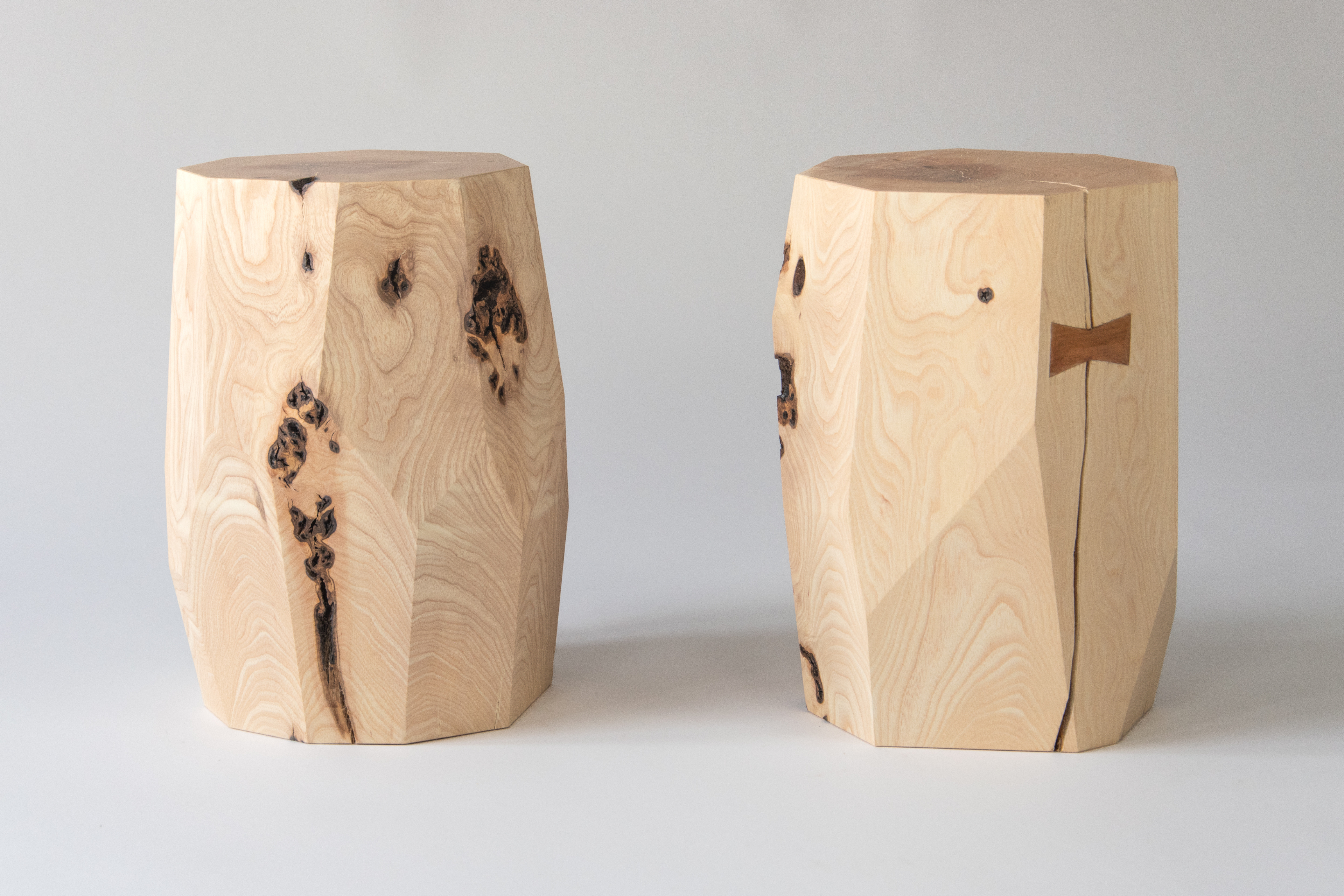 One tree, ten designers: SCP presents The One Tree Project at London Design Festival
One tree, ten designers: SCP presents The One Tree Project at London Design FestivalLondon Design Festival 2022: SCP enlisted ten British designers to create furniture and objects from a felled ash tree from founder Sheridan Coakley's Hampshire garden
By Francesca Perry
-
 London Design Medals 2022
London Design Medals 2022London Design Medals 2022 are awarded to costume designer Sandy Powell, architect Indy Johar, researcher Joycelyn Longdon and photographer Sir Don McCullin
By Rosa Bertoli